In the world of ship modelling, arguably one of the more arduous tasks is rigging of the miniature replicas.
There are some old and new books available (see my other reviews), but there is nothing available like these books from Petersson,
and these books can be fastly very helpful especially for the modeler.
Rigging Period Fore-and-Aft-Craft
by Lennart Petersson
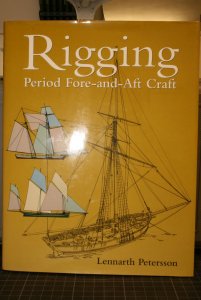 my copy
my copy
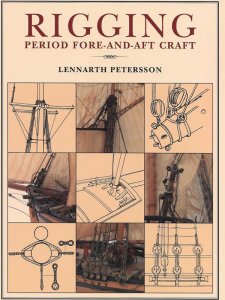
Synopsis
The rigging of period ship models is arguably the most complex task that any modeler has to accomplish; the intricacies can be daunting and visual references limited. The author's first book, Rigging Period Ship Models, was a triumph of clarity for those needing to decipher the complexities of the square rig and has now sold in multiple editions. This book does the same for fore-and-aft craft and deploys three typical eighteenth-century types - an English cutter, a three-masted French lugger, and an American schooner. Some 200 diagrams show clearly where each separate item of standing and running rigging is fitted, led and belayed. Whatever the requirements of the model maker, all the information is here.
Content
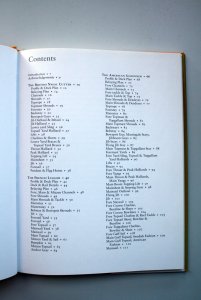
Comment
This book is basically a mini-bible of the ins and outs to rigging three specific ships used widely within the eighteenth century fore-and-aft crafts;
the British Naval Cutter (based on model from Science Museum, close to cutter EXPEDITION, 1778)
the French Lugger (based on model with sails from National Maritime Museum, 1800) and
the American Schooner (based on model from Maritim Museum Karlskrona, schooner EXPERIMENT, 1808)
These ships were employed throughout the world both in the fair trades as well as in the illegal side of privateer shipping; pirating.
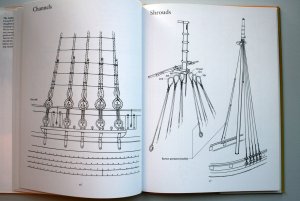
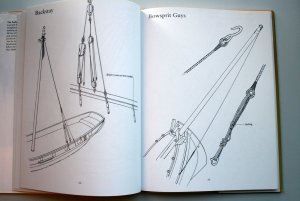

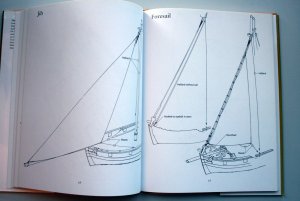
The author’s goal from writing this book was to give the reader and often the wanting ship modeler the tools to understanding the beautifully simple, but also complex art to the rigging of these smaller seagoing vessels. Essentially this book is broken down into three large chapters covering the Cutters, Luggers and Schooners mentioned before.
The book starts off with a brief introduction by the author which gives a little insight to his reason for writing the book and what he is writing about; the for-and-aft crafts.
Each of the chapters in this book is dedicated to one of three fore-and-aft ships. Each of these chapters begins with a brief description of the ships; background and design. Each of the chapter introductions are followed by an in depth general plan layout of the ships rendered in black and white line drawings form.
These line prints is meticulously drawn, clearly legible and labeling has been added to define what the reader/modeler is looking at. A complete listing of attachment points is given for each of the ships and where the rigs and riggings are applied. The drawings are highly detailed, showing knots used sizing and all of the fashioning and fastening points throughout. These drawing were comprised from several existing period ship models still in existence. These models themselves did not have sails attached but the author has placed sail plans for each of these ships in the book as well.
There are no tables or attachments with the dimensions of rigs and lines, so it is showing only the location and the way of the standing and running rigging.
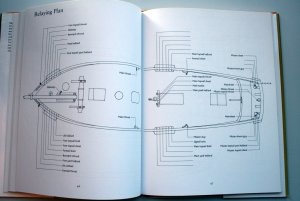
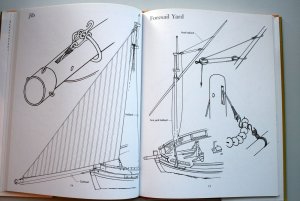
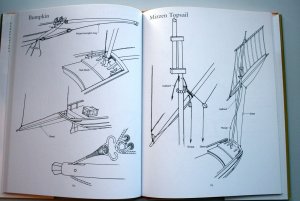
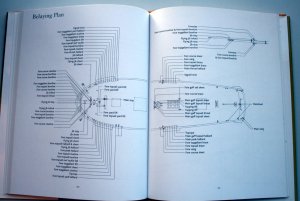
Conclusion
Rigging – Period Fore and Aft Craft by Lennarth Petersson is an amazing look at the art of rigging of these smaller vessels. He does not claim to this book being the be-all-end-all when it comes to showing the rig and rigging placement on these ships. The drawings are intricately rendered and remarkably easy to follow and the supporting text attached to the drawings gives the reader the correct terminology for the areas highlighted. This book is an essential guide to rigging these beautiful ships as well as an indispensable reference for rigging used on all ships. I highly recommend this book to anyone interested in eighteenth century shipping and for the avid period ship model shipwright. It is not a basic literatuire, but can fastly help the modeler to understand principles and follow thses information. The book is recommended for the beginner and advanced modeler to understand rigging and using these information for the modeling.
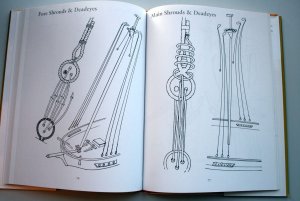
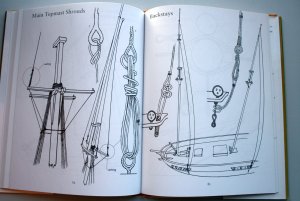
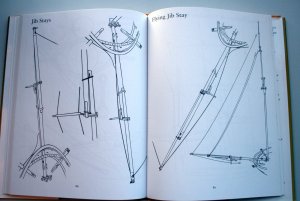
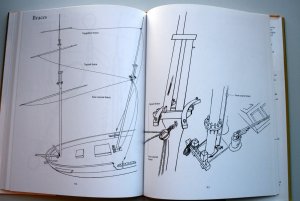
There are some old and new books available (see my other reviews), but there is nothing available like these books from Petersson,
and these books can be fastly very helpful especially for the modeler.
Rigging Period Fore-and-Aft-Craft
by Lennart Petersson
 my copy
my copy- Hardcover: 128 pages
- Publisher: Chatham Publishing (1 July 2007)
- Language: English
- ISBN-10: 1861762372
- ISBN-13: 978-1861762375
- Product Dimensions: 20.8 x 1.5 x 26.9 cm

- Paperback: 112 pages
- Publisher: Seaforth Publishing (30 Jan. 2015)
- Language: English
- ISBN-10: 1848322186
- ISBN-13: 978-1848322189
- Product Dimensions: 20.1 x 1 x 26.2 cm
Synopsis
The rigging of period ship models is arguably the most complex task that any modeler has to accomplish; the intricacies can be daunting and visual references limited. The author's first book, Rigging Period Ship Models, was a triumph of clarity for those needing to decipher the complexities of the square rig and has now sold in multiple editions. This book does the same for fore-and-aft craft and deploys three typical eighteenth-century types - an English cutter, a three-masted French lugger, and an American schooner. Some 200 diagrams show clearly where each separate item of standing and running rigging is fitted, led and belayed. Whatever the requirements of the model maker, all the information is here.
Content

Comment
This book is basically a mini-bible of the ins and outs to rigging three specific ships used widely within the eighteenth century fore-and-aft crafts;
the British Naval Cutter (based on model from Science Museum, close to cutter EXPEDITION, 1778)
the French Lugger (based on model with sails from National Maritime Museum, 1800) and
the American Schooner (based on model from Maritim Museum Karlskrona, schooner EXPERIMENT, 1808)
These ships were employed throughout the world both in the fair trades as well as in the illegal side of privateer shipping; pirating.




The author’s goal from writing this book was to give the reader and often the wanting ship modeler the tools to understanding the beautifully simple, but also complex art to the rigging of these smaller seagoing vessels. Essentially this book is broken down into three large chapters covering the Cutters, Luggers and Schooners mentioned before.
The book starts off with a brief introduction by the author which gives a little insight to his reason for writing the book and what he is writing about; the for-and-aft crafts.
Each of the chapters in this book is dedicated to one of three fore-and-aft ships. Each of these chapters begins with a brief description of the ships; background and design. Each of the chapter introductions are followed by an in depth general plan layout of the ships rendered in black and white line drawings form.
These line prints is meticulously drawn, clearly legible and labeling has been added to define what the reader/modeler is looking at. A complete listing of attachment points is given for each of the ships and where the rigs and riggings are applied. The drawings are highly detailed, showing knots used sizing and all of the fashioning and fastening points throughout. These drawing were comprised from several existing period ship models still in existence. These models themselves did not have sails attached but the author has placed sail plans for each of these ships in the book as well.
There are no tables or attachments with the dimensions of rigs and lines, so it is showing only the location and the way of the standing and running rigging.




Conclusion
Rigging – Period Fore and Aft Craft by Lennarth Petersson is an amazing look at the art of rigging of these smaller vessels. He does not claim to this book being the be-all-end-all when it comes to showing the rig and rigging placement on these ships. The drawings are intricately rendered and remarkably easy to follow and the supporting text attached to the drawings gives the reader the correct terminology for the areas highlighted. This book is an essential guide to rigging these beautiful ships as well as an indispensable reference for rigging used on all ships. I highly recommend this book to anyone interested in eighteenth century shipping and for the avid period ship model shipwright. It is not a basic literatuire, but can fastly help the modeler to understand principles and follow thses information. The book is recommended for the beginner and advanced modeler to understand rigging and using these information for the modeling.








